Home to one of the best backpacking places in South East Asia, the mountain town of Pai attracts hippies and nature lovers from all over the world. Come explore what the town has in store!
Pai is nestled high up amidst the lush green beauty of Northern Thailand in the Mae Hong Son district, just a 3-hour drive from Chiang Mai. Its laid back vibes, scenic mountainous backdrop surrounding the town, sights and lookouts, food delights, and night life ensures it’s in almost every backpacker’s itinerary.
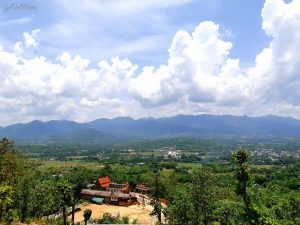
🚌 How to get to Pai?
You can get to Pai from Chiang Mai in a minivan which you can catch at Chiang Mai Bus Terminal 2 (Arcade Bus Terminal). The ticket costs THB 150 (USD 4.5) for a 135km journey through very hilly and windy roads (762 curves – no idea who even counted this). You may want to keep a motion sickness tablet handy just in case you feel nauseous on-board. There will be 20-minute stop halfway where you can alight to grab some snacks and use the loo. Alternatively, you can also ride a bike to Pai by renting one from Chiang Mai. However, motorbike rentals are cheaper in Pai than in Chiang Mai; so you’ll definitely save yourself some money by taking the minivan and renting one once you arrive in Pai to explore the town.


🌙✨🚶 Pai Walking Street
The minivan will drop you at the bus terminal in Walking Street, which is the heart of Pai town. When you arrive in the evening, the air will be infused with the fragrance of delicious culinary delights. Dabble in the wide range of food options, from local Thai dishes such as curry, khao soi, som tam, pancakes, to Japanese sushi, Indian dishes, pizzas, bruschetta, vegan couscous salads, Vietnamese spring rolls, fresh fruit smoothies and so much more!
The street is also filled with quintessential hippie clothing and jewellery, hand-made artworks, as well as souvenirs. You’ll be mingling with the locals as well as travellers from different parts of the world; some who come to party and others who come to relax and detox. The Walking Street starts buzzing at 6pm till 10pm.
🛵 Renting a Bike
It is in this Walking Street itself that you’ll find a few bike rental shops. Seeing Pai on the bike is the most enjoyable and budget friendly way, as there are many sights you can explore on your own as per your preference and pace. Depending on your choice of vehicle, the prices will differ. We got a fantastic Yamaha Mio 115cc scooter at the rate of THB 120 per day (USD 3.6), and filled about THB 60 (USD 1.8) worth of fuel for one full day’s excursion. You’ll either be asked to pay THB 2000 (USD 60) deposit or to leave your passport in lieu of the money. Make sure you inspect the vehicle thoroughly before riding it, and don’t forget to wear your helmet! The roads in Pai are well maintained and not too busy. You’ll definitely enjoy the ride!


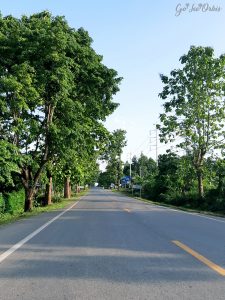
🚀 Big Buddha Pai
Start by visiting the White Buddha temple on the hill (Wat Phra That Mae Yen). Not only is it a religious shrine, it also offers spectacular views of the town after climbing 353 steps (now I did count this). Ensure you are dressed appropriately and cover your shoulders and knees; you can rent a sarong at the bottom of the steps for THB 20 (USD 0.6). Sunset hour is also a great time to visit this temple to catch some sky-blazing sights of the town!

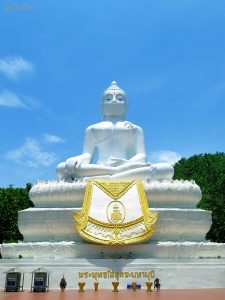
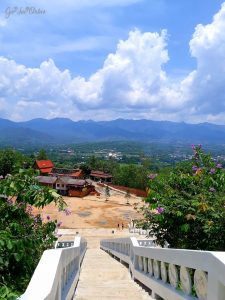
🚀 Chinese Yunnan Village
Also known as Santichon Village, the Chinese Village of Pai has the historical significance of being a place of refuge for the Chinese nationalist soldiers and their families after the Civil War in 1949. Now the descendants of the “Lost Army” from the Yunnan Province of China live here, and it’s interesting to see how they live outside of their native country in a very unique part of Thailand. Check out the little museum to learn more about how these people ended up here, feed some fishes in the pond, say hi to the mules grazing in the pastures, and buy some local tea from the souvenir shop.

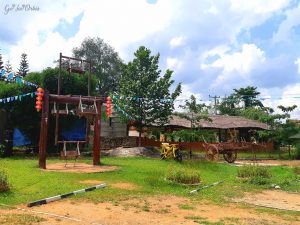
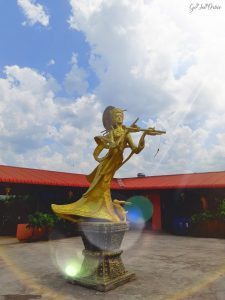
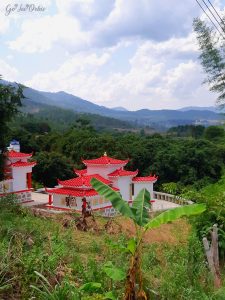
🚀 Yun Lai Viewpoint
Further up towards the west from the Chinese Village is the Yun Lai Viewpoint, a stunning spot offering amazing views of Pai town. There is a THB 20 (USD 0.6) entrance fee, and you can purchase some tea to drink while you soak in the beauty of the landscape. Go for sunrise or sunset and let the views dazzle you! Though during the day there isn’t much of a crowd, so you can have the place all to yourself watching the clouds roll by!
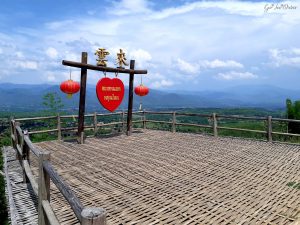
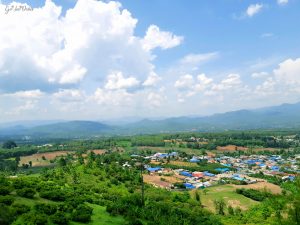

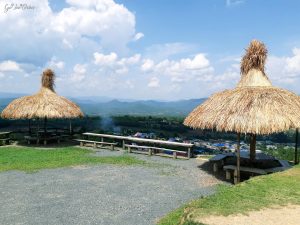
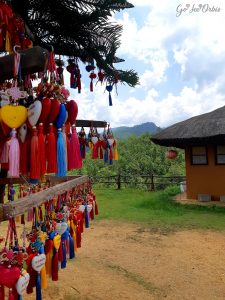
🚀 Pai Land Split
Pai Land Split is a private attraction, a small property that was previously just a farm, until an earthquake in 2008 split the land due to seismic activity. On the hillside, a 100-metre climb and then down, one can see the separation first hand. The owner still has his farm running, and he offers visitors a variety of nuts, fruits, and drinks from his pesticide/fertilizer free produce. Just leave some money as donation for their hospitality should you take it up. There is no entrance fee to see the land split.

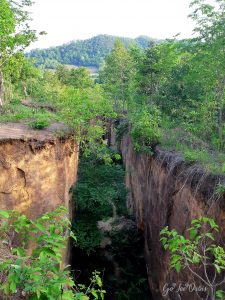

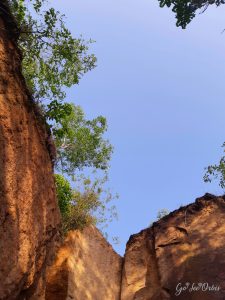
🚀 Stop by a café or two
Coffee in Love is a cute little coffee shop that overlooks the valley. Indulge in some coffee and homemade patisserie (especially their cheesecake), while absorbing the scenic glory of the town. A perfect place for a stop-over before proceeding for other excursions – truly brew-tiful 😉


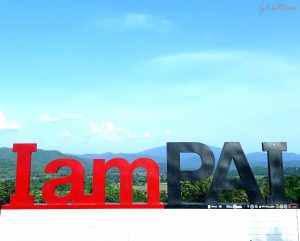
Further straight, 8 minutes ride away, is another café called Love Strawberry Pai. This is yet another spot offering lovely views of the town, and is laced with the theme of strawberries. Lots of giant strawberries as décor, and even more in their menu as foods and drinks. It will be berry nice to check it out 😉
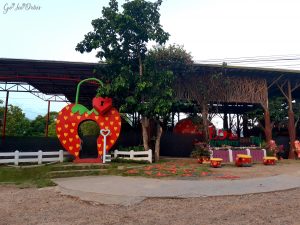
🚀 Pai Canyon
End the day by watching the sunset at Pai Canyon and watch the entire valley change colours right before your eyes. The canyon offers 360-degree view of the mountain ranges surrounding Pai. Be sure to arrive early as this is the most popular attraction in town during sunset hour!
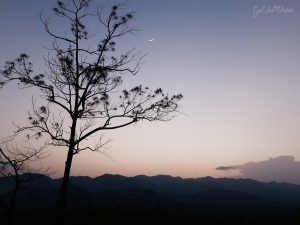
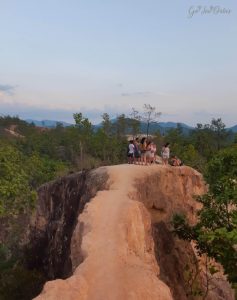
🚀 World War II Memorial Bridge
Just a 4-minute ride away from Pai Canyon is the historical Memorial Bridge (also called the Ta-Pai Bridge) having its roots to World War II. The current Nawarat Steel Bridge over the Pai River was a re-built version of two older ones – one that was originally constructed in 1942 to connect Chiang Mai and Mae Hong Son and then burnt down when the war ended before the Japanese soldiers left; and the other one that got destroyed by the floods.

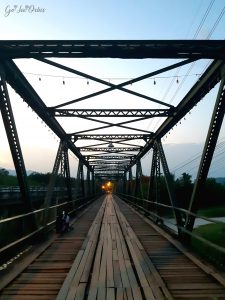

Pai is also well-known for its three famous waterfalls – Mo Paeng, Pam Bok, and Mae Yen. However, they are worthy stopping by at during the rainy season where the waterfalls are brimming with life and is lush green. Otherwise, during the dry season the area is pretty much lifeless. Mo Paeng and Pam Bok are accessible by bike, but to reach Mae Yen you need to cover a short hike.
Not to mention, the interesting sculptures you’ll encounter while exploring the town such as Fred Flinstone statue near Walking Street, or the Dragon Bridge and couple of temples dotted along the highway on your way back to or from Chiang Mai and the canyon!

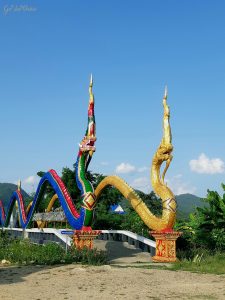
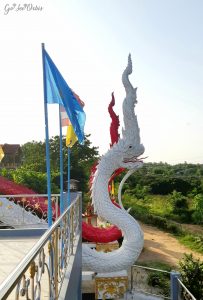
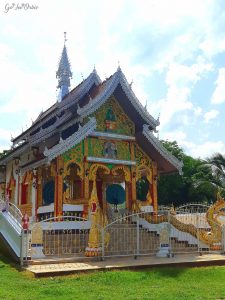
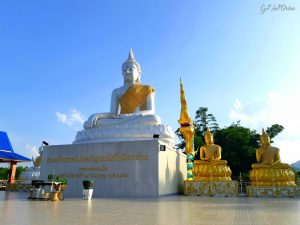
Other attractions include the 800-metre long Boon Ko Ku So Bamboo Bridge that spreads over the rice fields, the Sai Ngam hot spring (also known as the Secret Hot Spring) or the Pai Hot Spring Resort. Meditation and yoga retreats, workshops such as Kombucha fermentation, bamboo building, and jewellery making, cooking classes and volunteering at local organizations are also some unique things to do in town.
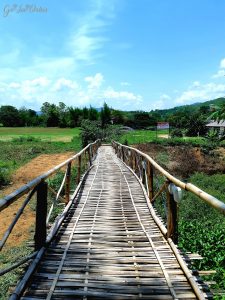
🏡 Where to stay
Pai has heaps of resorts, guesthouses, and hostels, something for every type of traveller and budget. But our favourite was Pai Phu Fah!
Located opposite fabulous countryside views with lots of cows grazing, Pai Phu Fah is a complete bang for the buck! The Thai style hut accommodation contains an en-suite bathroom, an air conditioner, as well as a television. You’re amidst nature, yet you’re well facilitated! The owner is amiable and kind, and will be happy to give you a ride to town if you don’t have a vehicle and if he’s available. The property is a 5-minute bike ride or a 15-minute walk from the main part of the town. Parking space is available on site. For breakfast there’s tea/coffee, toast, eggs, and fruits. The place has plenty of swings, lush green yard, and stunning view of rice fields against the mountain backdrop. We highly recommend this property when looking for a place to stay in Pai!

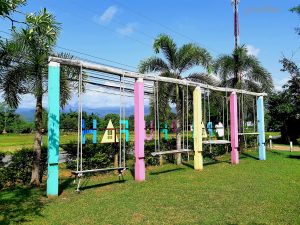
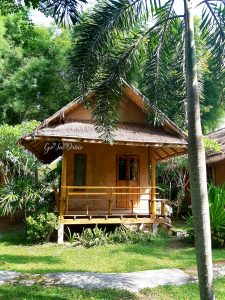

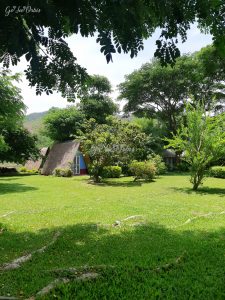
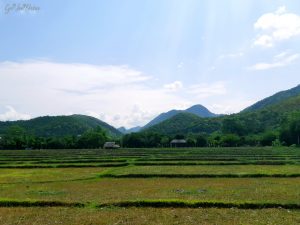
We loved Pai. More than hopping around to see the attractions, we thoroughly enjoyed the atmosphere that was full of bliss and wonder. It’s so modest, yet incredibly stunning and it envelops you in its minimalist beauty and just warms your heart! A lot of travellers plan to visit Pai for a day or two (because of how small it is), but end up leaving a week or two later! Why not, hey? After all it’s a little Pai-radise of its kind 😉


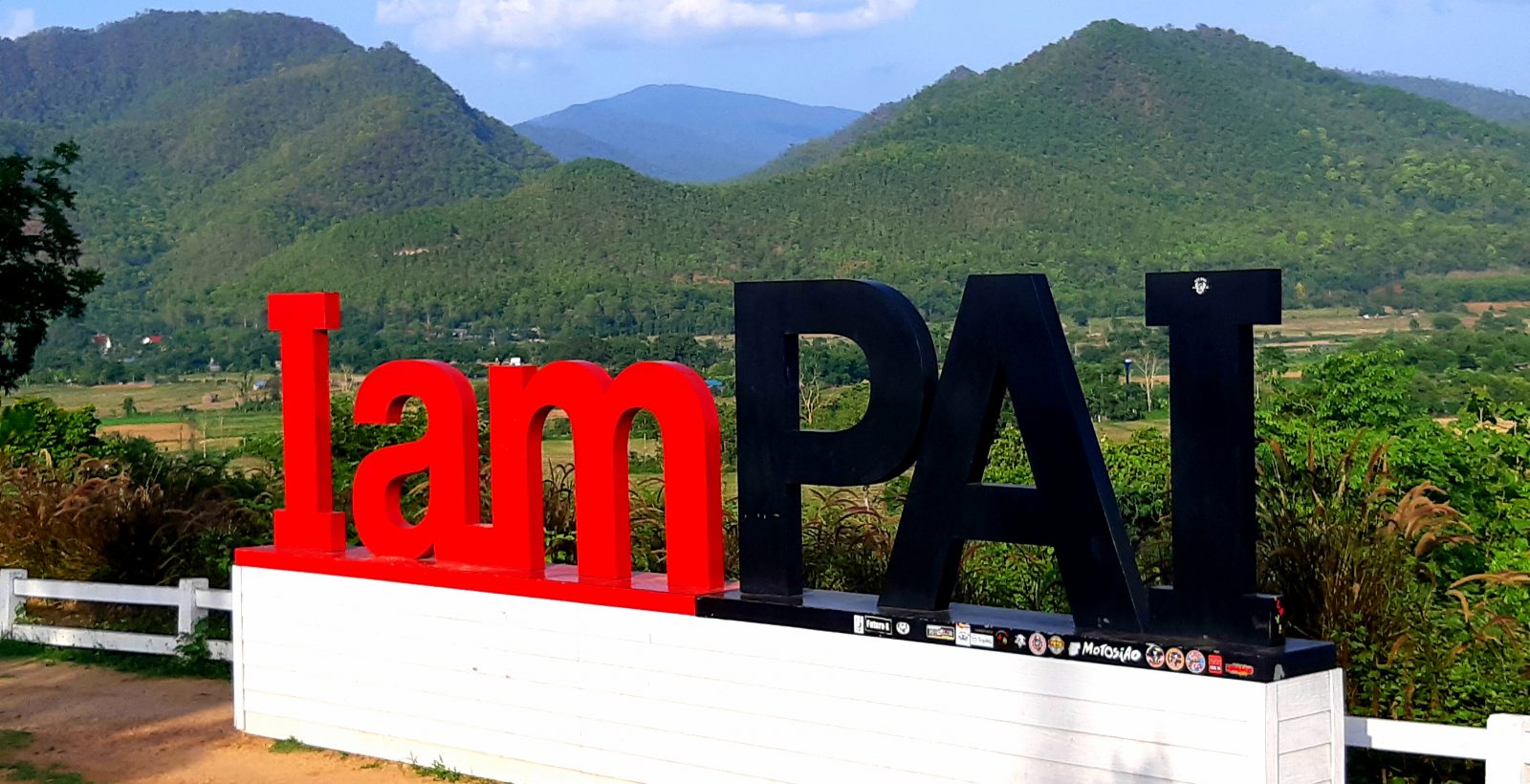
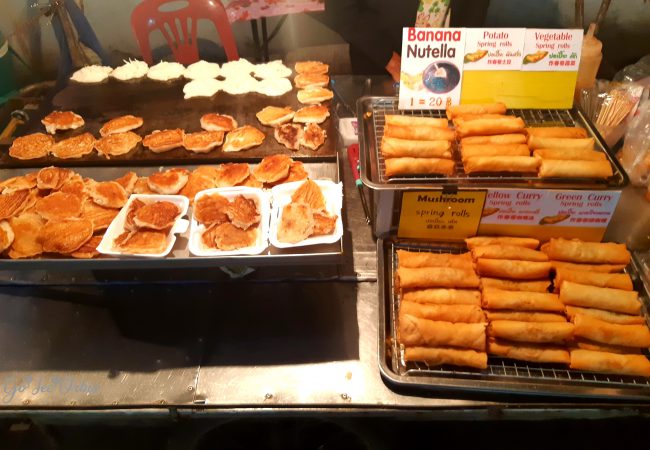
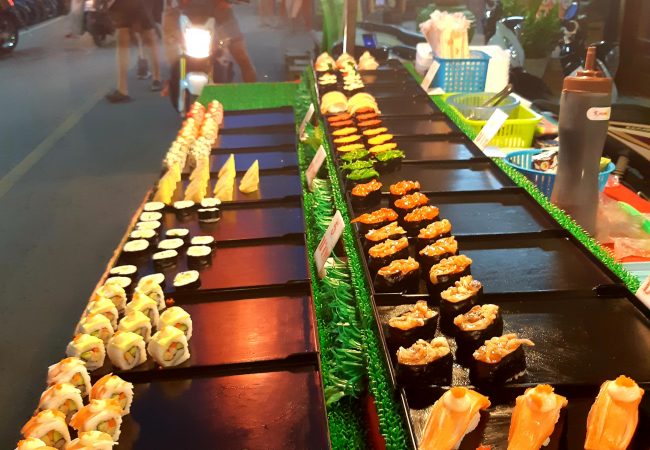

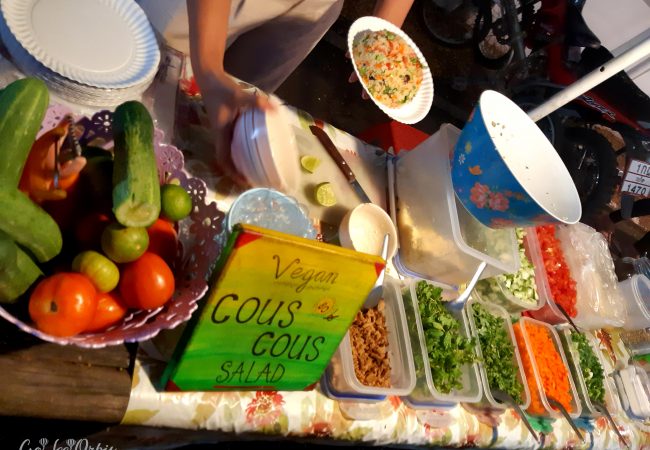
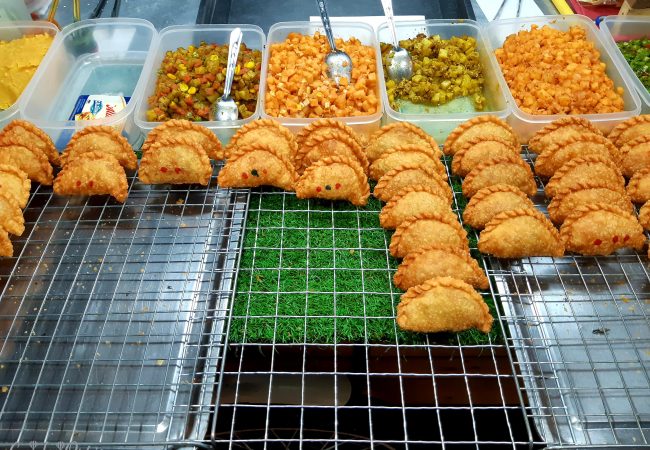

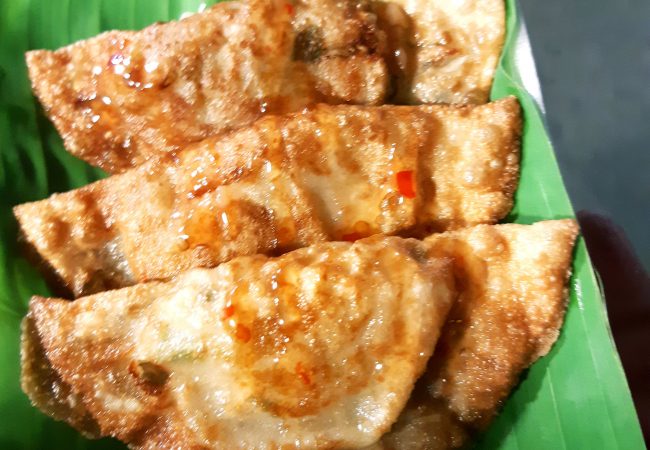
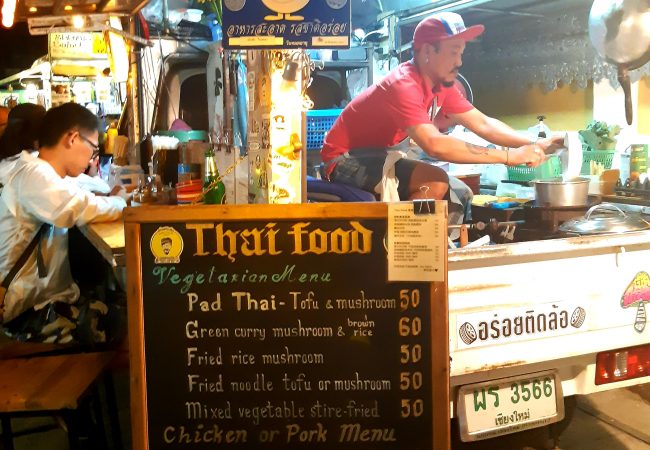

With 762 curves in the road I reckon I’ll need something a bit stronger than the motion sickness pill… :O